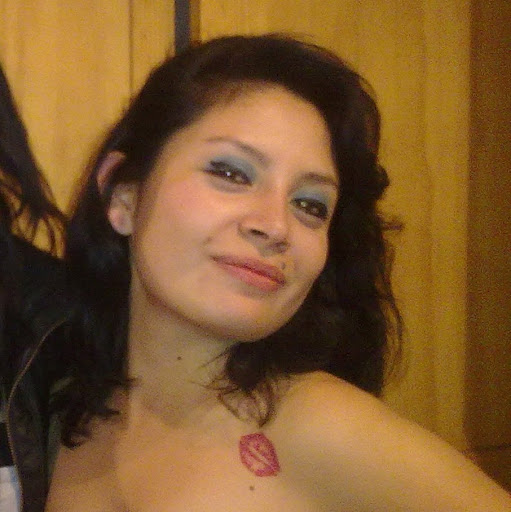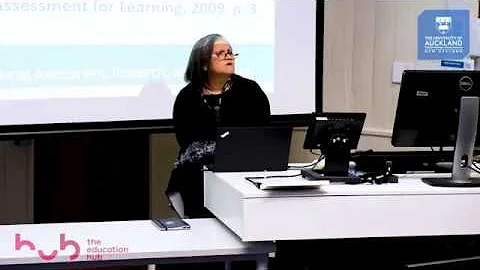Araceli Maria Ruiz
age ~48
from San Jose, CA
- Also known as:
-
- Araceli M Ruiz
- Araceli E Ruiz
- Aracelie N Ruiz
- Aracelie M Ruiz
- Maria A Ruiz
- Mariaa Ruiz
- Marie Ruiz Aracelie
- Maria Aruiz
- Ruiz Aracelie
Araceli Ruiz Phones & Addresses
- San Jose, CA
- Lynwood, CA
- Los Angeles, CA
- Medford, OR
Resumes

Araceli Ruiz
view source
Semiologã A
view sourceWork:
United States
Semiologã A
Semiologã A

Araceli Ruiz
view sourceSkills:
Microsoft Office
Microsoft Word
Powerpoint
Microsoft Word
Powerpoint

Araceli Ruiz
view source
Tc At Xstream Real Estate Services
view sourcePosition:
TC at XSTREAM Real Estate Services
Location:
Greater Los Angeles Area
Industry:
Real Estate
Work:
XSTREAM Real Estate Services
TC
TC

Araceli Ruiz
view sourceLocation:
United States

Araceli Ruiz
view sourceLocation:
United States

Araceli Ruiz
view sourceLocation:
United States
Us Patents
-
Cross-Talk Reduction In A Bidirectional Optoelectronic Device
view source -
US Patent:20110318016, Dec 29, 2011
-
Filed:Jun 25, 2011
-
Appl. No.:13/168936
-
Inventors:Rolf A. Wyss - Glendale CA, US
Joel S. Paslaski - San Gabriel CA, US
Araceli Ruiz - West Covina CA, US
Peter C. Sercel - Pasadena CA, US -
International Classification:H04B 10/12
-
US Classification:398141
-
Abstract:A bidirectional optoelectronic device comprises a photodetector and a light source on a waveguide substrate, and a drive circuit for the light source. The waveguide substrate can include light collector(s) or trap(s) for redirecting and attenuating portions of optical signals propagating in waveguide layers on the substrate but not guided by a waveguide. A protective encapsulant can be applied that includes hollow dielectric microspheres to reduce electrical cross-talk, and that can further include an optical absorber to reduce optical cross-talk.
-
Cross-Talk Reduction In A Bidirectional Optoelectronic Device
view source -
US Patent:20120057880, Mar 8, 2012
-
Filed:Sep 6, 2011
-
Appl. No.:13/225723
-
Inventors:Araceli Ruiz - West Covina CA, US
Peter C. Sercel - Pasadena CA, US
Joel S. Paslaski - San Gabriel CA, US
Rolf A. Wyss - Glendale CA, US -
International Classification:H04B 10/00
-
US Classification:398136
-
Abstract:A multi-channel or bidirectional optoelectronic device comprises a two or more optoelectronic components, e.g., a photodetector and a light source. A protective encapsulant can be applied to the optoelectronic device that includes hollow dielectric microspheres to reduce electrical cross-talk, and that can further include an optical absorber to reduce optical cross-talk.
-
Cross-Talk Reduction In A Bidirectional Optoelectronic Device
view source -
US Patent:20110268450, Nov 3, 2011
-
Filed:Apr 28, 2011
-
Appl. No.:13/096648
-
Inventors:Joel S. Paslaski - San Gabriel CA, US
Araceli Ruiz - West Covina CA, US
Peter C. Sercel - Pasadena CA, US
Rolf A. Wyss - Glendale CA, US -
International Classification:H04B 15/02
H04B 10/24
H04B 10/18 -
US Classification:398115, 398 39
-
Abstract:A bidirectional optoelectronic device comprises a photodetector, a light source, and a drive circuit for the light source. The light source has first and second electrical leads for receiving an input electrical signal, and the drive circuit can be arranged to apply first and second portions of the input electrical signal to the first and second electrical leads, respectively, wherein the second portion of the input electrical signal is a scaled, inverted substantial replica of the first portion of the input electrical signal. A protective encapsulant can be applied that includes hollow dielectric microspheres to reduce electrical cross-talk, and that can further include an optical absorber to reduce optical cross-talk. A waveguide substrate of the device can include light collector(s) or trap(s) for redirecting and attenuating portions of optical signals propagating in waveguide layers on the substrate but not guided by a waveguide.
Classmates

Araceli Ruiz
view sourceSchools:
Immaculate Conception (Exchange Ave.) Chicago IL 1979-1983
Community:
Blanca Martinez, Dennis Simmons, Greg Carlson, Carolyn Nieman

Araceli Egler (Ruiz)
view sourceSchools:
Streator Township High School Streator IL 1994-1998
Community:
Diane Springer, Nancy Chalfant, Dany Roberts

Araceli Atienza (Ruiz)
view sourceSchools:
Olongapo City National High School Olongapo City OR 1975-1979
Community:
Kathleen Byrne, Nina Garcia

Araceli Ruiz (Arzola)
view sourceSchools:
Lewisville Learning Center Lewisville TX 1997-2001

Immaculate Conception (Ex...
view sourceGraduates:
Araceli Ruiz (1979-1983),
Barbara Bartkiewicz (1946-1950),
Naomi Zurawski (1963-1971),
Marc Obregon (1967-1972)
Barbara Bartkiewicz (1946-1950),
Naomi Zurawski (1963-1971),
Marc Obregon (1967-1972)

Olongapo City National Hi...
view sourceGraduates:
Romeo Ortiguerra (1974-1978),
Araceli Ruiz (1975-1979),
Luzviminda Calugay (1990-1994)
Araceli Ruiz (1975-1979),
Luzviminda Calugay (1990-1994)

San Jose High Academy, Sa...
view sourceGraduates:
Araceli Ruiz (1998-2002),
Ignacio Nacho (1994-1998),
Louis Azcueta (1980-1984),
Tiffanie Tran (1990-1994),
Scott Smith (1991-1995),
George Mattos (1997-2001)
Ignacio Nacho (1994-1998),
Louis Azcueta (1980-1984),
Tiffanie Tran (1990-1994),
Scott Smith (1991-1995),
George Mattos (1997-2001)

DeVry Institute of Techno...
view sourceGraduates:
Araceli Ruiz (1993-1997),
Jodi Jones (2003-2007),
Jesus Magdaleno (2002-2006),
Mark Norman (1976-1978),
Anthony Stephens (1983-1987)
Jodi Jones (2003-2007),
Jesus Magdaleno (2002-2006),
Mark Norman (1976-1978),
Anthony Stephens (1983-1987)
Googleplus

Araceli Ruiz
Work:
Dormirrr
Education:
Orgullosamente UNAM
Relationship:
Its_complicated

Araceli Ruiz
Education:
Bachillerato

Araceli Ruiz
Work:
CMJPII - Recepcionista
CALL FAST, INGLES INDIVIDUAL, GIOCARE, TELCEL, TELMEX
CALL FAST, INGLES INDIVIDUAL, GIOCARE, TELCEL, TELMEX

Araceli Ruiz
Relationship:
Single

Araceli Ruiz
Tagline:
I'm a young artist, still studying, still finding myself ;}

Araceli Ruiz
Tagline:
I believe everything happens for a reason

Araceli Ruiz
Tagline:
Si no confias en tí misma, nadie lo hará...

Araceli Ruiz
Myspace

Araceli Ruiz
view sourceLocality:
my husbands pants in cedar rapids.=D, Iowa
Gender:
Female
Birthday:
1947
Youtube
Plaxo

Araceli Ruiz
view sourceAuxiliar administrativo at Oxykit Medical

Araceli Ruiz
view source
Araceli Ruiz
view source
Araceli Ruiz Melgarejo
view source
Araceli Ruiz
view source
Araceli Ruiz
view source
Araceli Ruiz
view source
Araceli Ruiz
view source
Araceli Ruiz Trujillo
view sourceGet Report for Araceli Maria Ruiz from San Jose, CA, age ~48








